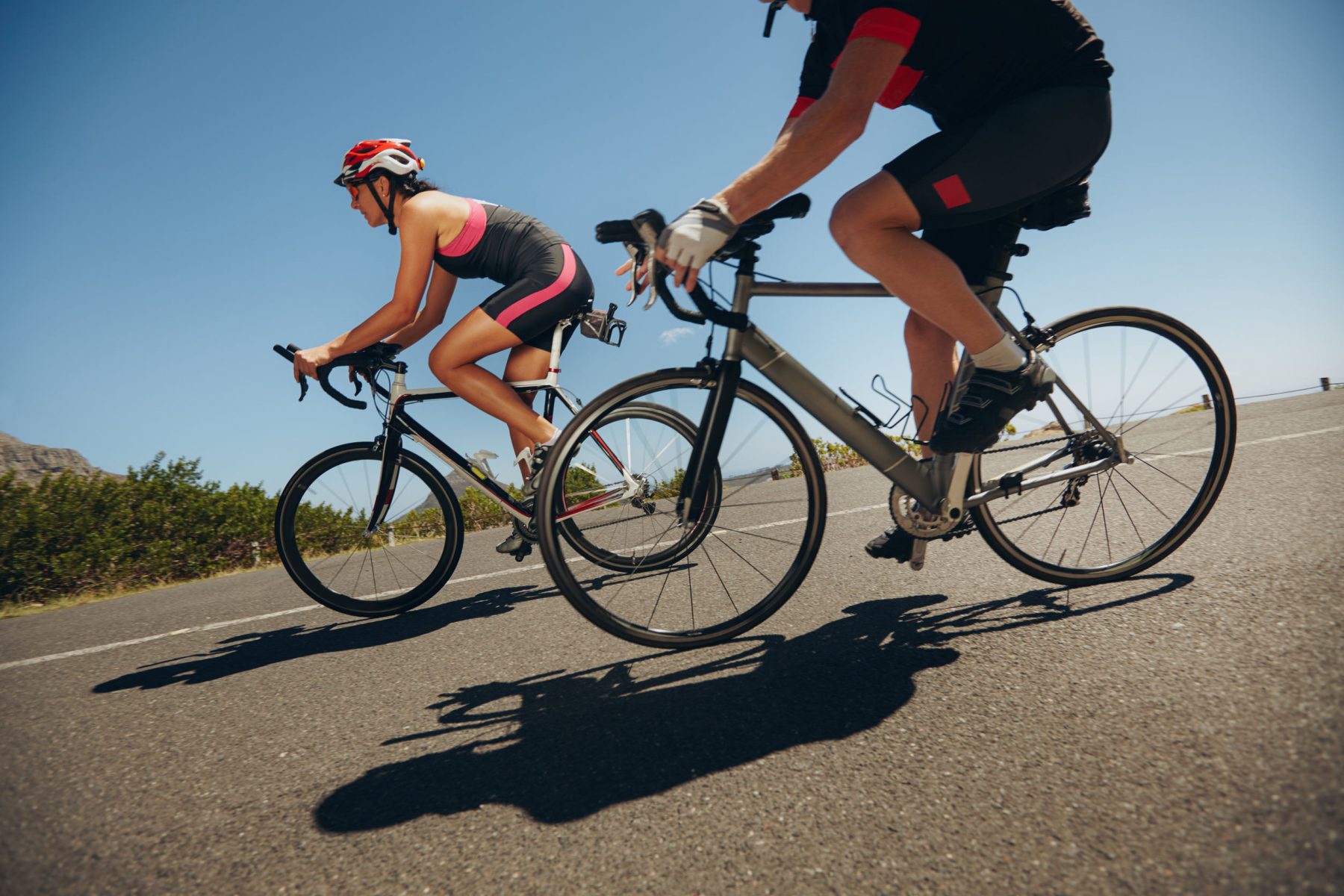5 Tips For Preventing Cycling-Related Spine Pain
Category: Spine Pain | Author: Stefano Sinicropi

The Twin Cities is a very bike friendly area when the weather complies, and even during the cold months, many Minnesotans head to spin class or jump on their stationary bikes. Biking can be great exercise, but because the exercise puts your spine in an odd position, it can easily result in back pain if you’re not careful. In today’s blog, we share some tips for helping to prevent and treat cycling-related back pain.
Preventing Back Pain When Cycling
While cycling isn’t overtly hard on your spine in the same way that running can be with a forceful impact on the ground with each step, the fact that you’re not upright means that your spine can be challenged and stressed as you ride. So if you’re going to be leaning forward while riding, consider these back pain prevention tips.
- Get Your Seat Height Right – If your seat is too high or too low, it’s going to shift your spine out of a healthy position. This isn’t a huge issue if you’re always using the same equipment, but if you’re coming to spin class or the gym each week, don’t just assume that the bike will always be at the perfect height. Your knees should have a slight bend to them as you cycle and you shouldn’t be hunched forward or overly upright. If you need help adjusting the seat to the right height, just ask your instructor.
- Crosstrain – Like any exercise program, it’s important that you practice a variety of exercises so that different areas of your body are challenged. If all you’re doing is biking, while that’s better than doing nothing, you’re going to be overdeveloping some muscle groups and ignoring others. Over time, this can lead to muscle imbalances or strains. If you’re a regular cyclist, it’s imperative that you work some core exercises into your regular exercise routine to help strengthen muscles that help support your spine when cycling.
- Listen To Your Body – A good workout will induce some mild soreness, but it’s imperative that you listen to your back and your body during and after your cycling routine. If you’re in pain or something just doesn’t feel right, cut the ride short and give your spine some rest. Don’t try to power through the pain, because that often serves to just make things worse. No pain, no gain is a terrible mindset. Listen to your body during your workout, because you know it best. Stop and try again in a few days.
- Pre and Post Cycling Stretch – Stretching helps to prepare your muscles for upcoming activity, and it helps them cool down after a workout. Make sure you are stretching your back and your whole body before and after your ride. Find a stretching routine that works for you, because critics will argue over the best stretching routines. We’re a fan of dynamic stretching or just simple movement activities like going for a brisk walk or a light jog for a couple minutes to help prepare muscles for stress and pressure.
- Wear A Helmet – Finally, a helmet can make all the difference when it comes to preventing a serious spinal injury when you’re cycling. Obviously you can skip the helmet if you’re on a stationary bike, but any time you’re out cycling on the roads or trails, you should have a helmet. Even when you’re aware of your surroundings, all it takes is an inattentive driver or poor course conditions to lead to a spill. Help prevent catastrophic back injuries by wearing a helmet when riding outdoors.
For more back pain prevention tips for cyclists, or to talk to a specialist about your back pain, reach out to Dr. Sinicropi’s office today.